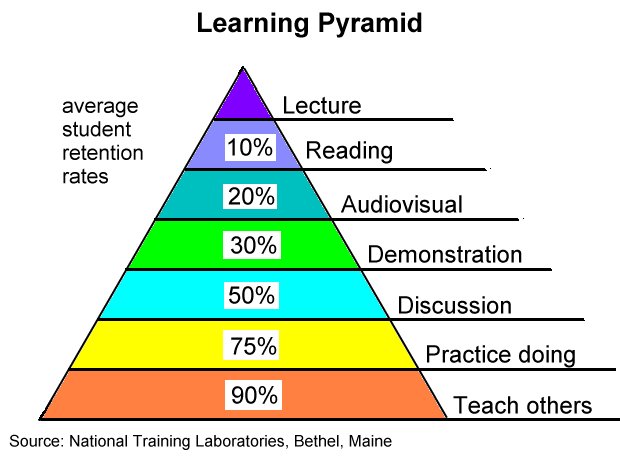The Index of Learning Styles is an on-line instrument developed at NCSU that can be used to assess preferences on four dimensions (active/reflective, sensing/intuitive, visual/verbal, and sequential/global).
It offers an online questionnaire to help you determine your learning style.
3 cognitive learning styles are: visual, auditory, and kinesthetic.
Each preferred learning style has methods that fit the different ways an individual may learn best.*
Common Characteristics
Visual
• Uses visual objects such as graphs, charts, pictures, and seeing information
• Can read body language well and has a good perception of aesthetics
• Able to memorize and recall various information
• Tends to remember things that are written down
• Learns better in lectures by watching them
Auditory
• Retains information through hearing and speaking
• Often prefers to be told how to do things and then summarizes the main points out loud to help with memorization
• Notices different aspects of speaking
• Often has talents in music and may concentrate better with soft music playing in the background
Kinesthetic
• Likes to use the hands-on approach to learn new material
• Is generally good in math and science
• Would rather demonstrate how to do something rather than verbally explain it
• Usually prefers group work more than others
*From Bepko Learning Center
• Turn notes into pictures, charts, or maps
• Avoid distractions (windows, doorways, etc.)
• Learn the big picture first and then focus on the details
• Make mind and concept maps instead of outlines
• Color code parts of new concepts in your notes
• Use flash cards when trying to study vocabulary

• Record lectures and then listen to them
• Repeat material out loud and in your own words
• Discuss materials in your study groups
• Read textbooks aloud
• Listen to wordless background music while studying
• Take study breaks often
• Learn new material while doing something active (e.g., read a textbook while on a treadmill)
• Chew gum while studying
• Work while standing
• Try to take classes with instructors who encourage demonstrations and fieldwork